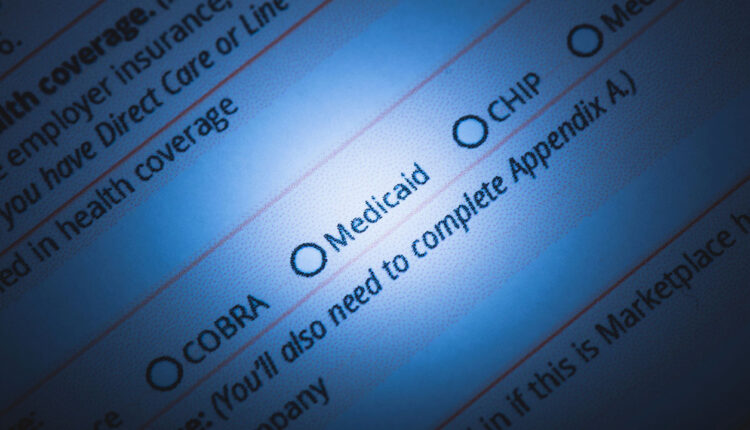
Medicaid Cuts Could Leave Millions Without Dental Care
If Congress slashes Medicaid funding, adult dental coverage may be one of the first benefits to disappear, leaving millions without essential oral healthcare. With fewer dentists accepting Medicaid and emergency department visits for dental issues on the rise, the long-term effects could be devastating for both individual health and the broader healthcare system.
Proposed Medicaid funding cuts could have severe consequences for millions of Americans who rely on the program for dental care. While Medicaid is required to cover dental services for children, adult benefits are determined by each state — meaning when budgets tighten, dental coverage is often one of the first to go. If Congress moves forward with $880 billion in Medicaid cuts over the next decade, states may be forced to scale back or eliminate oral health benefits, jeopardizing access to critical dental care.
Poor oral health is linked to serious systemic conditions, including heart disease, diabetes, and pregnancy complications. Studies have shown that when states eliminate dental benefits, emergency department visits for preventable dental issues skyrocket. In Massachusetts, emergency department visits for dental problems rose 11% after the state cut Medicaid dental coverage in 2010. Similarly, California saw an immediate increase in emergency department dental visits when it slashed benefits in 2009, with a corresponding decline when coverage was restored in 2014.
Additionally, low Medicaid reimbursement rates have already made it difficult for oral health professionals to accept patients with this coverage. If funding is reduced further, access to providers will shrink even more. Community clinics may be forced to close their doors. Without intervention, these cuts could deepen health disparities, increase overall healthcare costs, and worsen the already critical oral health crisis among low-income Americans. Click here to read more.


